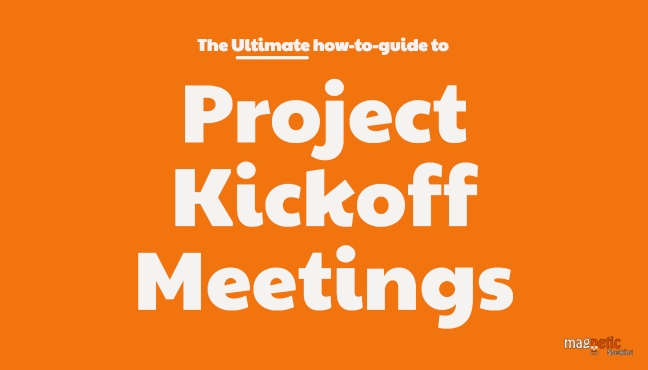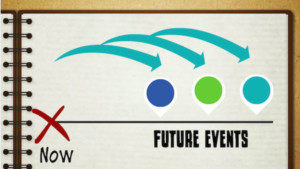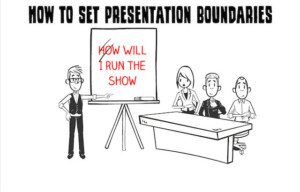Your ability to kickoff cross-functional team meetings is key to your success.
A Project Kick-off meeting is where you form your project team and where you set the tone of all future interactions. The purpose of the meeting is to have the group meet, set expectations, learn about the project background, and get on the same page with the client.
To ensure success, you need to include three distinct elements:
- An introduction
- A formal business discussion
- A fun team-building activity
Introduction to a project kickoff meeting:
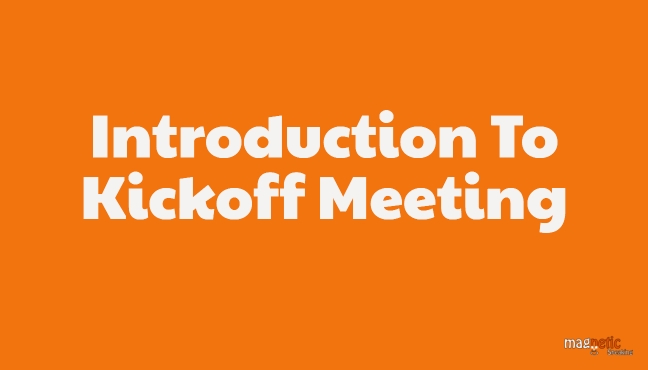
The purpose of the introduction is to frame the kickoff meeting and get everyone on the same page. The opening has three main parts:
1. The welcome message from the leader to break the ice
2. The agenda so that people have a clear idea of the meeting
3. The team introductions so that people learn about each other
The welcome message:
It should be short, sweet, and to the point. The purpose is to break the ice and reassure people that they are in the right place and then remind them of the big WHY of the project.
Here is a good formula to use for a welcome message:
“Hi everyone, welcome to the kick-off meeting of project X! I am excited about this project because it will _________ (fill in the benefits this will get the department, company, or end-user).”
The big WHY is very important here because it will give the team a bigger purpose when doing their job. If you don’t know how to articulate the big WHY then check with management. Simon Sinek argues that great leaders always start with Why because your job as a leader is to make the team feel that they are working on something bigger than themselves.
[embedyt] https://www.youtube.com/watch?v=u4ZoJKF_VuA[/embedyt]
Kickoff Meeting Agenda:
One slide that will outline the bucket of information you will cover in this meeting. The agenda will set the exceptions and frame the timing and discussion points. If you don’t include an agenda people will feel that the meeting is unorganized.
Even though every project is different, some fundamentals have to be covered in the agenda. Here is a sample Kickoff Meeting Agenda from one of my clients (Modified a bit to hide sensitive information):
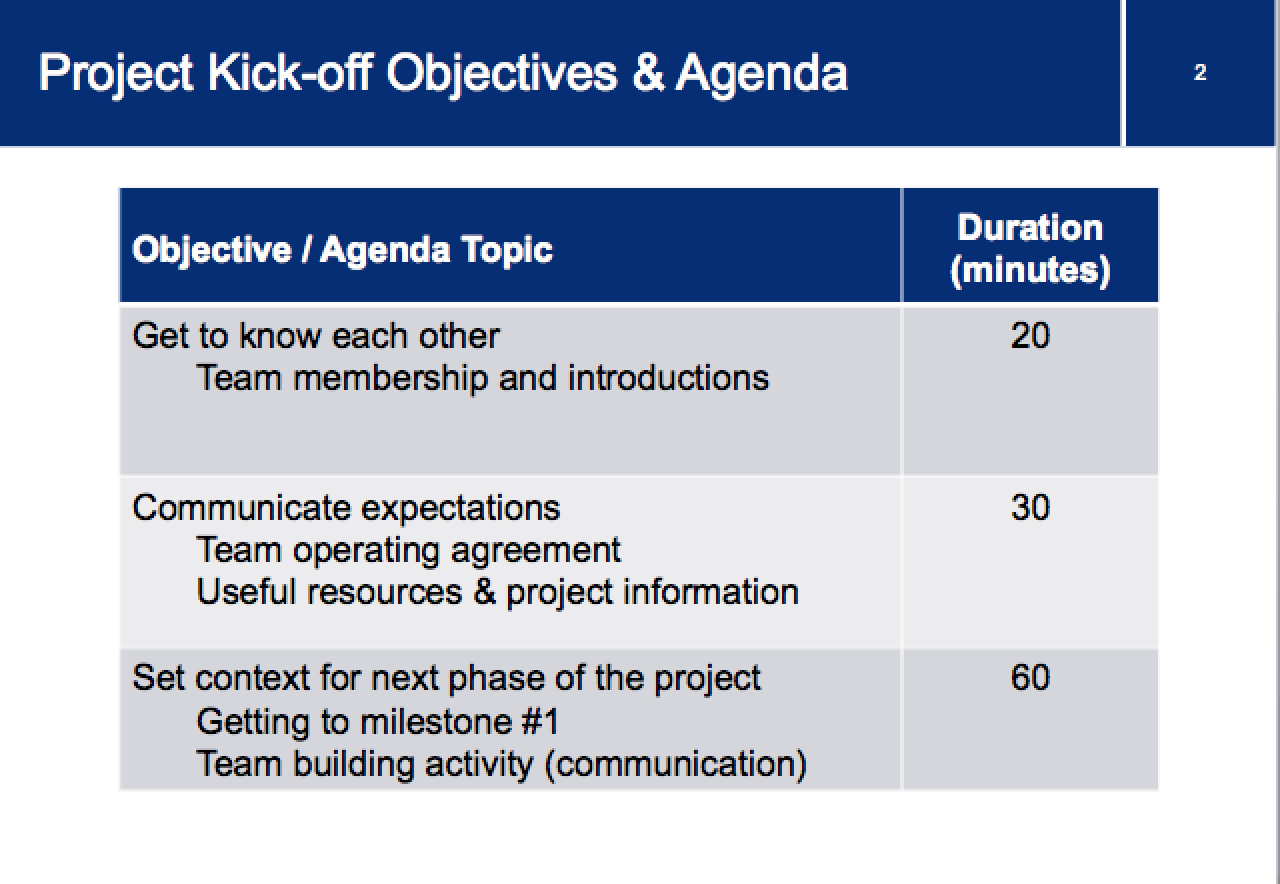
As you can see from the slide above, The meeting is divided into three sections: Team members introductions, Expectations, and finally the first milestone and a team-building activity. Notice that times are assigned as well for each part.
After the agenda is covered, you need to go into team introductions.
Team Introductions:
Team members share about themselves.
The team introduction portion will provide an opportunity for each team member to introduce themselves to the rest of the team. Remember: Many of the team members may be working with each other for the first time.
Provide a structure for the introductions so that each person shares, at a minimum, their background, current project load, and what they consider as their strength.
To reduce formality, you can consider adding a “fun fact” as part of the introductions.
I have a client from a big biotech company who starts the introductions by having people go around and share 6 things: Name, Role, Number of years at the company, and other projects they are currently working on.
For added fun have the team members also share a small and interesting thing about them.
Other examples of fun shares:
1) Share something unique about you.
2) Share something no one knows about you.
3) Share two truths and one lie and then the team will try to guess what is a lie. (The last one is my personal favorite because it gets everyone involved).
Formal Business Portion of a team kickoff meeting:
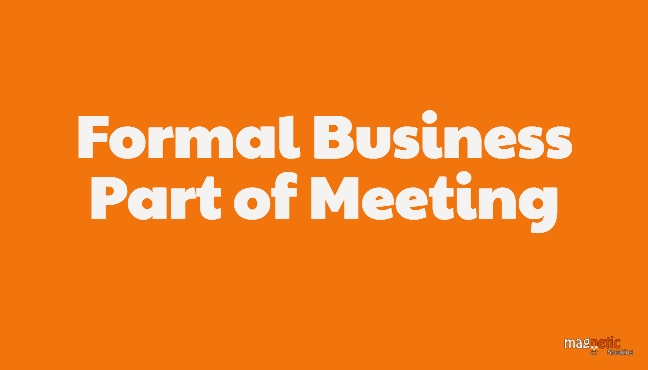
After introductions, you transition to the formal business portion of the meeting. This is where the team covers all key project-specific details.
This portion should account for ~ 60% of the overall meeting duration.
At a minimum, you should cover the following items:
1. Background on the project.
2. Agree on future meeting frequency, duration, and location.
3. Establish rules of engagement for meetings (e.g., arriving on time, no interrupting, etc.)
4. Agree on communication guidelines – internal and external to the team.
5. Align on the decision making and escalation processes.
6. Outline key project deliverables and target timing (if available).
Typically you will have a slide for each one, and you go through them and check for alignment with the team.
In the final piece of the business section, you cover the project charter. A project charter is one page that answers the why, what, and who of the project. The why is the reason for the project, the what is the background, the scope, and outcomes, the who covers the stakeholders. It is a one-page slide that summarizes the most important details.
Here is a template you can use:
Why or vision of the project?
What is the scope of the project?
What is the background:
What are the major outcomes?
Who are the stockholders?
The last part of the meeting is the activity:
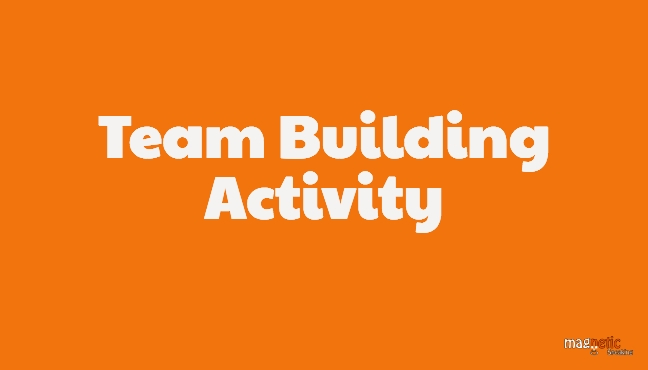
Lastly, you should end the meeting with a team-building activity. The objective of this exercise is to allow the team to build rapport and learn more about each other in an informal setting.
Choose the activity carefully so that it provides insights into business-related skills – such as communication or problem-solving – as well as team dynamics.
For example, “Colorblind” is an activity that forces the team to communicate verbally (while blindfolded!) and solve a problem together as a team.
At the end of the activity, a debrief session allows the team to reflect on their successes as well as the area for improvement. Document and reference these learnings during future team interactions.
[embedyt] https://www.youtube.com/watch?v=Tto_bW2HXMQ[/embedyt]
Conclusion
Covering the three meeting components described above ensures a successful and memorable project kick-off meeting that will set your team on a positive trajectory.
Remember to send your team a “Thank You” note for taking the time to participate in the kick-off and include all critical insights from the meeting. As you plan your project kick-off meetings, feel free to reach out to me with any questions; I’m always happy to brainstorm approaches and provide suggestions. Good luck!
